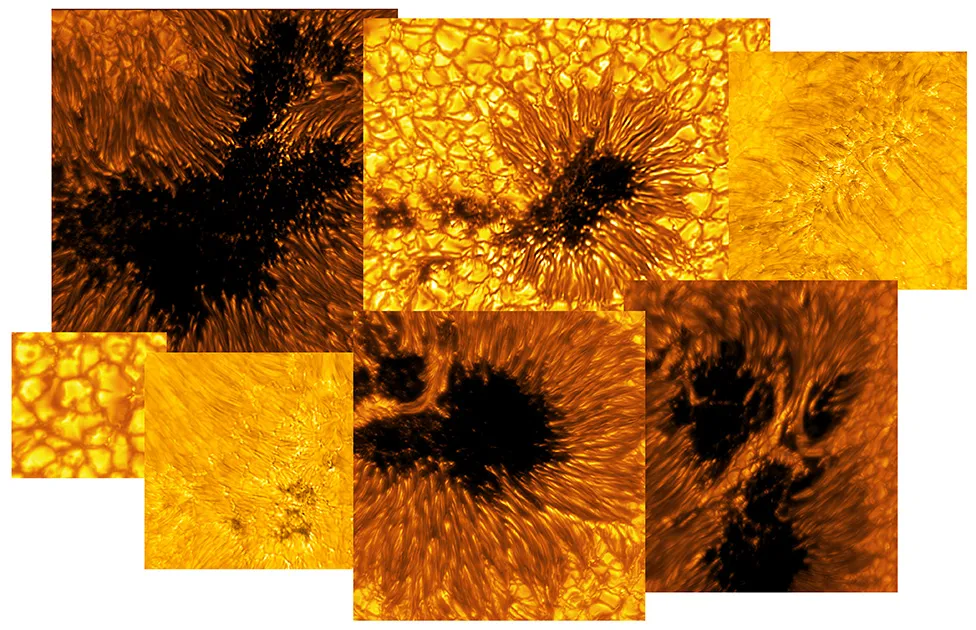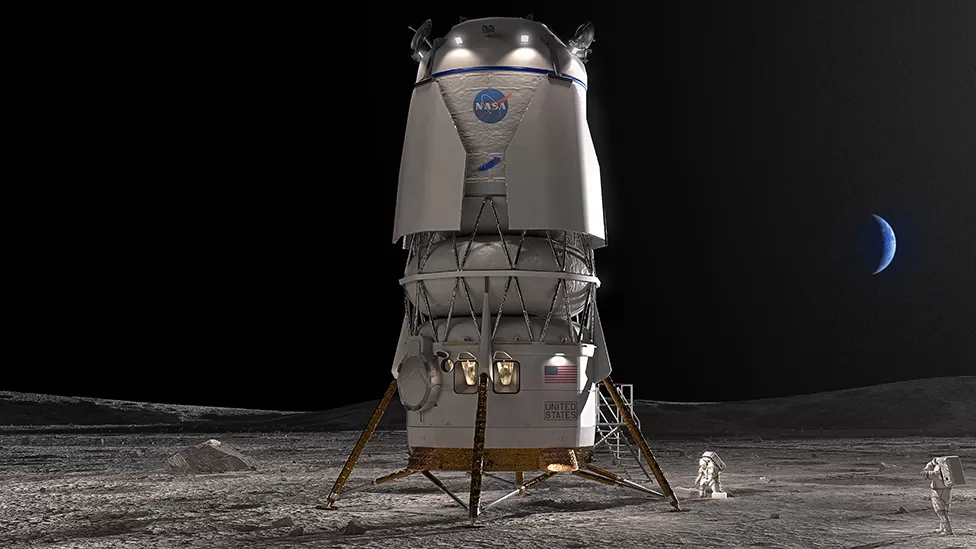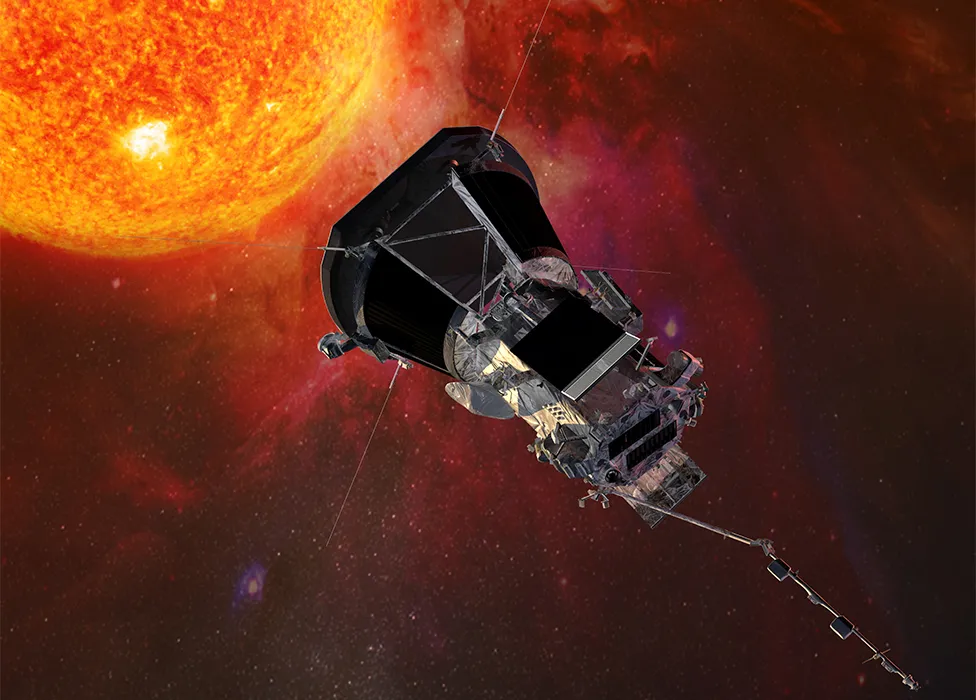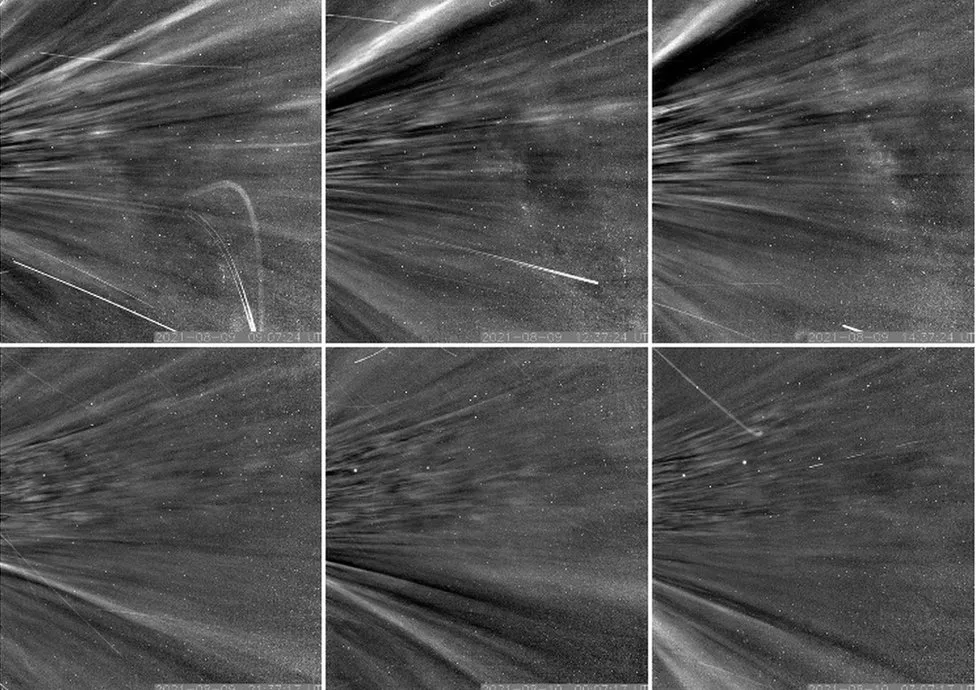Unprecedented journey
Promising to be a remarkable moment in the history of space exploration, NASA’s Parker Solar Probe is set to race past the Sun at an astonishing speed of 195 km/s, or 435,000 mph, a year from now on December 24, BBC News reports. No human-made object will have moved so fast nor, indeed, got so close to our star - just 6.1 mn km, or 3.8 mn miles from the Sun’s “surface”.

“We are almost landing on a star,” said Parker project scientist Dr Nour Raouafi.
“This will be a monumental achievement for all humanity. This is equivalent to the Moon landing of 1969,” stated the Johns Hopkins University Applied Physics Laboratory scientist.
Speed and strategy
Parker’s speed will come from the immense gravitational pull it feels as it falls towards the Sun. It will be akin to flying from New York to London in under 30 seconds. The US space agency’s Parker Solar Probe is one of the most audacious missions ever conceived. Launched in 2018, it has the goal of making repeated and ever-closer passes of the Sun.

The late 2024 manoeuvre will take Parker to just 4% of the Sun-Earth distance (149 mn km/93 mn miles). The challenge Parker faces in doing this will be huge. At perihelion, the point in the probe’s orbit nearest the star, the temperature on the front of the spacecraft will probably reach 1,400C.
Parker’s strategy is to get in quickly and get out quickly, making measurements of the solar environment with a suite of instruments deployed from behind a thick heat shield.

Reward and mystery
The reward, researchers hope, will be breakthrough knowledge on some key solar processes. Chief among these is a clearer explanation of the workings of the corona, the Sun’s outer atmosphere.
It experiences what seems to be counter-intuitive superheating. The temperature of the Sun at its photosphere, the surface, is roughly 6,000C but within the corona, it can reach a staggering mn degrees and more. You’d think the temperature would decrease with distance from the star’s nuclear core.

It is also within the corona region that the outward flow of charged particles - electrons, protons and heavy ions - suddenly gets accelerated into a supersonic wind moving at 400 km/s, or 1,000,000 mph. Scientists still cannot fully explain this either. But it’s critical to improving forecasts of solar behaviour and the phenomenon of “space weather”.
Future of space exploration
“This takes on a new dimension, especially now that we’re thinking of sending women and men back to the Moon and even setting up a permanent presence on the lunar surface,” Dr Raouafi said.

Parker made one of its close approaches to the Sun on Friday. It has three more planned in 2024 before it then swings around Venus on November 6 to help bend its orbit and make December 24 a historic occasion.
The head of science at NASA is Dr Nicky Fox. She was the lead scientist at Parker before taking up her current role. She said the major plus of the December 24 flyby would be the length of time the probe got to sit in the corona, far longer.
Follow Daryo's official Instagram and Twitter pages to keep current on world news.
Comments (0)